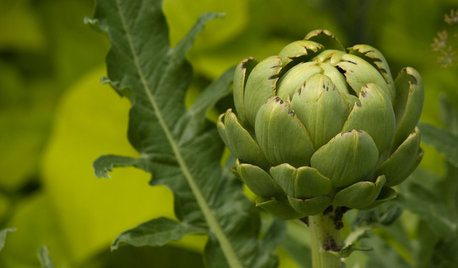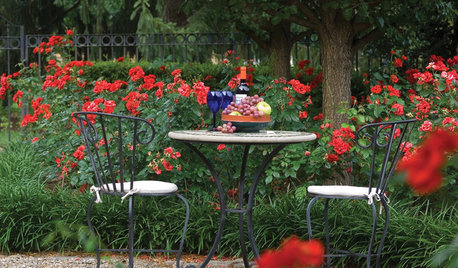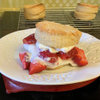Try Not To Stir Things Up
dcarch7 d c f l a s h 7 @ y a h o o . c o m
12 years ago
Related Stories

DECORATING GUIDES12 Coffee Tables to Stir Up a Living Room Look
Keep drinks on the down low or sip in high style. You'll find a coffee table style for every design taste here
Full Story
GARDENING GUIDESYour Garden Is Stirring — Here’s What to Do in February
February is a good time to start seeds, shape up shrubs and watch for the earliest blooms. Here’s what to do in your part of the U.S. now
Full Story
KITCHEN DESIGNKitchen of the Week: Stirring Up Two Styles in San Diego
Contemporary lines plus rustic textures yield a pleasing kitchen mix for a California couple
Full Story
KIDS’ SPACES8 Dreamy Kids’ Bedroom Ceilings to Stir Imagination
Make your child’s room a magical place with a ceiling that could be a home to unicorns, UFOs and more
Full Story
COLORCreate a Stir With Paint
Sure, you could whisk up an accent wall and call it a day. But for truly sublime rooms, brush up on these creative paint ideas
Full Story
FEEL-GOOD HOMEBack Problems? Try Putting Your Feet Up
Consider these alternatives to that one-size-doesn’t-fit-all sofa to avoid slumping and spinal stress
Full Story
GARDENING AND LANDSCAPINGSmashing Mosaics Stir Landscape Style
Add an art-inspired pattern to your yard through the use of stone or ceramic tile mosaics
Full Story
GARDENING GUIDES5 Red Roses to Stir Garden Passions
Show your devotion to color, scent and more with these regal landscape beauties
Full Story
ARCHITECTUREOpen Plan Not Your Thing? Try ‘Broken Plan’
This modern spin on open-plan living offers greater privacy while retaining a sense of flow
Full Story
DECORATING GUIDESRoom Doctor: 10 Things to Try When Your Room Needs a Little Something
Get a fresh perspective with these tips for improving your room’s design and decor
Full StorySponsored
Columbus Design-Build, Kitchen & Bath Remodeling, Historic Renovations





mustangs81
lpinkmountain
Related Discussions
My fountain sounds like...
Q
OK, just one more thing(trying to play catch-up)
Q
What have I stirred up now?
Q
Sigh... I love blue...
Q
Teresa_MN
lindac
hawk307
Jasdip
dcarch7 d c f l a s h 7 @ y a h o o . c o mOriginal Author
lsr2002
dcarch7 d c f l a s h 7 @ y a h o o . c o mOriginal Author
sally2_gw
Teresa_MN
foodonastump
lpinkmountain
foodonastump
dcarch7 d c f l a s h 7 @ y a h o o . c o mOriginal Author
dcarch7 d c f l a s h 7 @ y a h o o . c o mOriginal Author
foodonastump
lindac
sally2_gw
lindac
dcarch7 d c f l a s h 7 @ y a h o o . c o mOriginal Author
foodonastump
sally2_gw
dcarch7 d c f l a s h 7 @ y a h o o . c o mOriginal Author
foodonastump
dcarch7 d c f l a s h 7 @ y a h o o . c o mOriginal Author